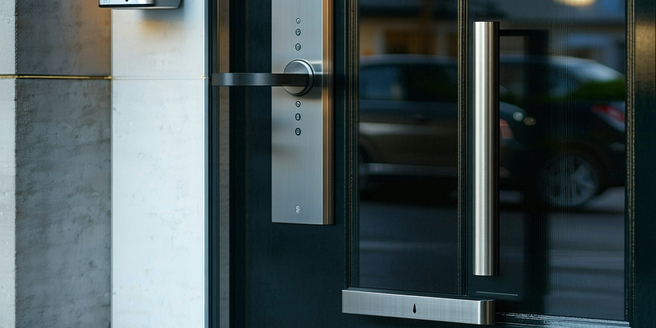Assessing Apartment Safety And Security

Understanding the Importance of Apartment Safety
Ensuring the safety of your apartment is essential for protecting not only your personal belongings but also your well-being. When considering a new place to live, it’s crucial to assess the security measures already in place. Features such as secure entry points, well-lit common areas, and surveillance systems can make a significant difference in minimizing risk. Understanding the level of safety provided can also give you peace of mind and contribute to a better living experience. Landlords who prioritize safety often have dedicated maintenance systems to quickly address any concerning issues. In addition, knowing that other tenants are also concerned about safety can create a more community-focused environment. This collective awareness and responsibility can further enhance the overall security of the living space, making it a more desirable location.
Evaluating Security Features in Apartment Buildings
When evaluating potential apartments, pay attention to the building’s security features. Look for robust locks on doors and windows, as these are the primary entry points for intruders. A secure apartment building may also include a doorman or concierge service that monitors access. Another essential feature is a comprehensive security camera system that covers entrances, hallways, and parking areas. Emergency exits should be easily accessible and unobstructed, ensuring a safe escape during emergencies. Additionally, check for intercom systems that allow residents to screen visitors before granting access. Fire and smoke alarms, as well as sprinkler systems, are critical for tenant safety. Well-managed buildings will conduct regular checks to ensure these systems are functioning correctly. Evaluating these features is vital for making an informed decision and ensuring a safe living environment.
Recognizing Potential Safety Hazards in Apartments
Identifying potential safety hazards in apartments is crucial for ensuring a safe living space. Common hazards include faulty wiring, which can lead to electrical fires, and gas leaks, posing significant health risks. Be vigilant about checking appliances and HVAC systems for any irregularities or signs of wear and tear. Poorly maintained flooring, such as uneven surfaces or damaged carpets, can result in trips and falls, especially for children and the elderly. Balconies and windows without adequate railings or locks present fall risks. Ensure that these features meet safety standards to prevent accidents. Moreover, a lack of emergency lighting can create hazardous situations during power outages or emergencies. Familiarizing yourself with the apartment layout and emergency exits aids in swift evacuation if needed. Regularly inspecting and addressing these potential hazards enhances safety.
Tips for Securing Your Apartment Against Intruders
Securing your apartment against intruders requires proactive measures. Start by ensuring that all entry points, including doors and windows, have functioning, sturdy locks. Installing a deadbolt on the front door provides an additional security layer. Consider adding a peephole to identify visitors without opening the door. For windows, especially on ground floors, install window locks or bars for added protection. Reinforcing sliding doors with a rod or security pin can prevent forced entry. Additionally, an affordable security alarm system can deter intrusions by alerting you and authorities when unauthorized access is attempted. Maintaining strong community ties fosters a watchful environment where neighbors look out for each other. Finally, be mindful of sharing personal information publicly, as oversharing can inadvertently alert potential intruders to your habits and whereabouts.
Choosing an Apartment with Comprehensive Safety Measures
When selecting an apartment, prioritize properties with comprehensive safety measures. Choose a building with 24-hour security personnel or surveillance systems. An effective building management team will enforce security protocols and respond promptly to concerns. Gated communities offer an additional layer of security, controlling who can enter the vicinity. Look for properties equipped with fire safety systems, including smoke detectors, sprinkler systems, and fire extinguishers on every floor. Another critical aspect is emergency preparedness; inquire about the building’s evacuation plan and whether regular fire drills are conducted. Properties offering secured parking with CCTV can safeguard vehicles. Also, consider the neighborhood’s general safety by researching crime rates and community reviews. Ultimately, prioritizing safety features does not only protect your belongings but also ensures peace of mind. A secure living environment is an essential aspect of a comfortable home.